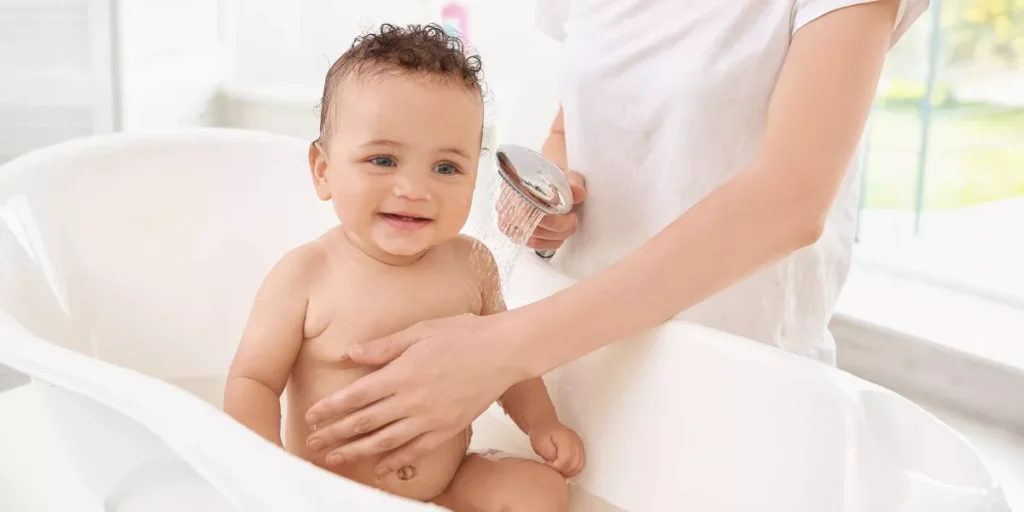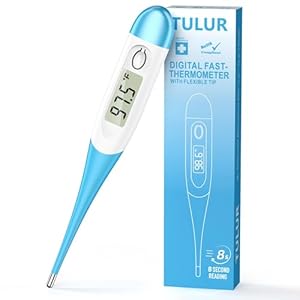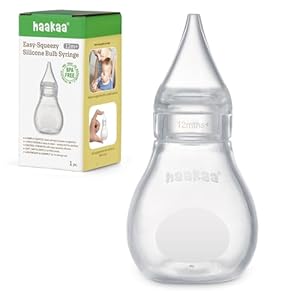
Ensuring proper hygiene for your baby is crucial for their well-being, but are you aware of all the best practices to follow at home? From diaper changing essentials to bath time tips and nursery sanitization guidelines, there are key steps you can take to create a healthy environment for your little one. But there’s one aspect that often gets overlooked, and it might surprise you how simple yet essential it is for your baby’s hygiene.
Diaper Changing Essentials
When changing your baby’s diaper, always remember to have all the necessary essentials within reach. Start by laying out a clean diaper, wipes, and any creams or powders you may need. Having these items on hand will make the process smoother and more efficient.
Before beginning, wash your hands thoroughly to maintain proper hygiene. Gently lift your baby’s legs and remove the soiled diaper, being careful to avoid any mess. Wipe your baby’s bottom with a baby wipe, ensuring you clean all areas thoroughly. Apply any necessary creams or powders to prevent rashes and keep your baby comfortable.
When securing the clean diaper, make sure it fits snugly but not too tight. Once your baby is fresh and dry, dispose of the used diaper properly. Remember to wash your hands again after completing the diaper change. By following these steps and keeping your diaper changing essentials organized, you can ensure a hassle-free and sanitary experience for both you and your baby.
Bath Time Tips
To ensure your baby’s overall hygiene, let’s now discuss some helpful Bath Time Tips to keep in mind during your daily routine.
When preparing for your baby’s bath, make sure the room is comfortably warm to prevent them from getting cold. Test the water temperature with your wrist or a thermometer to ensure it’s not too hot or too cold – around 100°F (37.8°C) is ideal. Use mild, fragrance-free baby soap and shampoo to prevent skin irritation. Support your baby securely during the bath to prevent slips and falls.
Keep bath time short, around 5-10 minutes, to prevent their delicate skin from drying out. Gently wash their face with a damp cloth and clean their body using a soft washcloth. Remember to clean between the folds of their skin, behind their ears, and under their chin. After the bath, pat your baby dry with a soft towel and apply a mild baby lotion to keep their skin moisturized.
Clothing and Laundry Care
Ensure your baby’s clothing and laundry are kept clean and hygienic by following these simple care tips. Start by washing all new clothes before your baby wears them to remove any irritants from the manufacturing process. Use a gentle, fragrance-free detergent to avoid potential skin irritations. Separate your baby’s laundry from the rest of the household’s to prevent cross-contamination. Wash your baby’s clothes, blankets, and bedding separately from items like dish towels or cleaning rags.
When washing your baby’s items, opt for a hot water cycle to ensure thorough cleaning and disinfection. Sun-dry the clothes whenever possible, as the sun’s UV rays act as a natural disinfectant. If using a dryer, choose the hottest setting suitable for the fabric to kill any remaining germs. Remember to clean and disinfect your washing machine regularly to prevent the buildup of bacteria and mold that can transfer onto your baby’s clothes.
Nursery Sanitization Guidelines
Maintain a hygienic nursery environment by implementing proper sanitization guidelines regularly. Keeping your baby’s nursery clean is essential for their health and well-being. Start by regularly wiping down all surfaces in the nursery with baby-safe disinfectant wipes. Pay special attention to frequently touched areas like the changing table, crib rails, and toy surfaces.
Wash all bedding, including sheets, blankets, and crib bumpers, in hot water at least once a week. Don’t forget to regularly sanitize toys that your baby plays with to prevent the spread of germs. Consider using a mixture of water and child-friendly disinfectant to clean toys safely.
Vacuum the nursery floor often to remove dust, dirt, and other allergens that could affect your baby’s breathing. Lastly, ensure good air circulation in the nursery by opening windows or using an air purifier. By following these nursery sanitization guidelines, you can create a safe and healthy environment for your little one.
Trending Products














